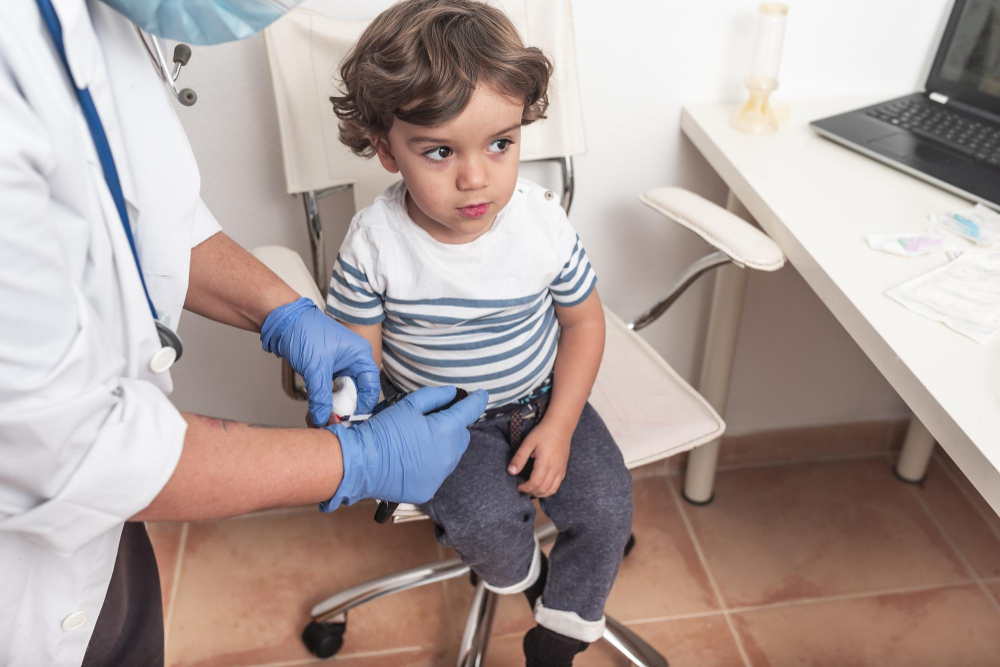What is Phimosis in Children?
Phimosis in children is a condition where the foreskin of the penis cannot be pulled back. Usually, this is normal in young boys. In fact, many boys are born with a tight foreskin. Over time, the foreskin often loosens on its own. However, sometimes it stays tight or causes problems. Because of this, parents may worry about phimosis symptoms in kids. Understanding this condition can help you know when to seek help.
Common Symptoms and Signs
Most children with phimosis do not have pain. Still, some signs may show a problem. For example, you may notice:
Sometimes, phimosis does not cause any symptoms. But if your child has pain or trouble urinating, you should pay attention. Early treatment for phimosis in children can prevent problems.
Causes and Risk Factors
Phimosis in children can be normal at birth. In most cases, the foreskin separates naturally by age 3 to 7. However, some factors may increase the risk:
Because of these risks, gentle care is important. Never force the foreskin back, as this can cause pain or injury.
How Phimosis is Diagnosed
Doctors usually diagnose phimosis in children during a physical exam. They will look at the foreskin and ask about symptoms. Sometimes, they may ask about your child’s urination. In rare cases, tests may be needed if infections are present. Most of the time, no special tests are required. Early diagnosis helps guide the best treatment for phimosis in children.
Treatment Options for Children
Many cases of phimosis in children do not need treatment. The foreskin often loosens as your child grows. However, if symptoms occur, doctors may suggest:
Because each child is different, your doctor will recommend the best option. Always follow your doctor’s advice for safe and effective care.
Home Care and Lifestyle Guidance
At home, you can help your child by following simple steps. For example:
With good hygiene, most children stay healthy. If you notice any problems, contact your doctor for advice.
When to Consult a Doctor
Sometimes, phimosis in children can cause problems. You should see a doctor if your child has:
Because early care can prevent complications, do not wait if you see these signs. Many parents search for “when to see a doctor for phimosis.” If you are unsure, it is always best to ask your healthcare provider.
Prevention Tips for Parents
While you cannot always prevent phimosis in children, you can lower the risk. Try these tips:
With these steps, you can help keep your child healthy and comfortable.
Conclusion
Phimosis in children is common and often improves with time. However, some children may need treatment. If you notice symptoms or have concerns, consult a pediatric urologist for personalized advice about your child’s phimosis. Early care can help your child stay healthy and happy.

